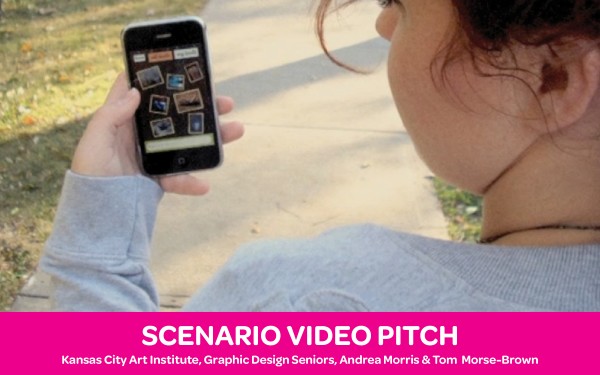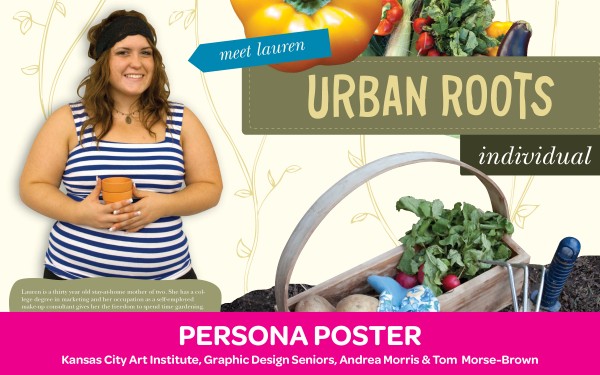Designers often play the role of visual storytellers. We arrange visual elements creating narratives that resonate with our audiences. This ability to create narratives that capture attention and provide focus can be useful in our design process. Persona writing and scenario building are two narrative-based approaches that help designers model future use.
Personas Are Archetypes Of Your Audience
Creating personas allows you to build character models that move beyond demographics and address real audience motivations and goals. Persona writing should be based on research, rather than assumptions, to prevent you from projecting your own goals onto the audience. The research can be primary, like interviews or culture probes, or secondary like reviewing existing research. When building personas it’s best to develop two, or more, that embody different types of audience members, ex: an expert vs. a novice. An audience brings a range of motivations to a designed experience and developing multiple personas can help account for these differences.
You should always name your characters and create basic profile information for them like gender, age, ethnicity and profession. However, the really interesting, and useful, persona information comes from analyzing their interests, goals and motivations. Identifying why someone wants to engage with your design and what they want to get out of the experience suggests which qualities and functions to develop as you move through your design process. Ex: Lauren is a 30 year old stay-at-home mom that is self-employed. She values providing her kids with organic food, learning about food production, being empowered through gardening and building a sense of community around gardening issues. Students developed Lauren’s persona for Thrive, an online community that brings urban gardeners together. This type of values-based description moves far beyond “young, white and female” to address important audience motivations.
Process As Artifact
Persona development is good for collaborative projects as it allows complex audience motivations and goals to become clarified. Design artifacts created to display the persona traits can be shared in group spaces to keep the audience clear in mind. (Three cheers for process as artifact!) These artifacts can also be useful when attempting to discuss audience motivations with clients.
Personas Live On In Scenario Writing
Scenario writing can be useful both in the development phase of a project as well as the presentation phase. In the development phase, writing scenarios can be helpful in determining potential paths of user interaction as well as identifying user needs. Scenario writing makes use of narrative story structure to describe a specific user path. These narratives reveal areas of opportunity and potential gaps in your design that may lead to user frustration. Ex: When conceiving the functions of the Thrive community site, the designers might write a scenario around “Lauren” in which she needs to get information regarding problems with her home garden. This scenario development will point out problematic hurdles for the user and inform the design direction.
In the presentation phase, storytelling through scenarios can be very helpful when pitching complex projects to clients. They provide context of use and a personal story that will resonate and leave a meaningful impact. It centers project objectives around creating the conditions for a meaningful user experience.


Quick Tips
1. Personas and scenarios are typically used in interaction and experience design, but can be applied to any designed artifact.
2. Just like a good novel draws us in, dynamic characters and plots can engage clients and create a memorable presentation.
3. Be cautious not to make assumptions. Personas and scenarios are only useful when based on real audience members and their motivations, goals and needs. Take time to create comprehensive characters and narratives.
Dig Deeper!
1. Check out Ideo’s Method Cards.
2. Read About Face 3: The Essentials of Interaction Design.
3. Review this in-depth look at scenarios, by Cady Bean-Smith, created as part of a collection of Design Thinking materials for the Cooper Hewitt.